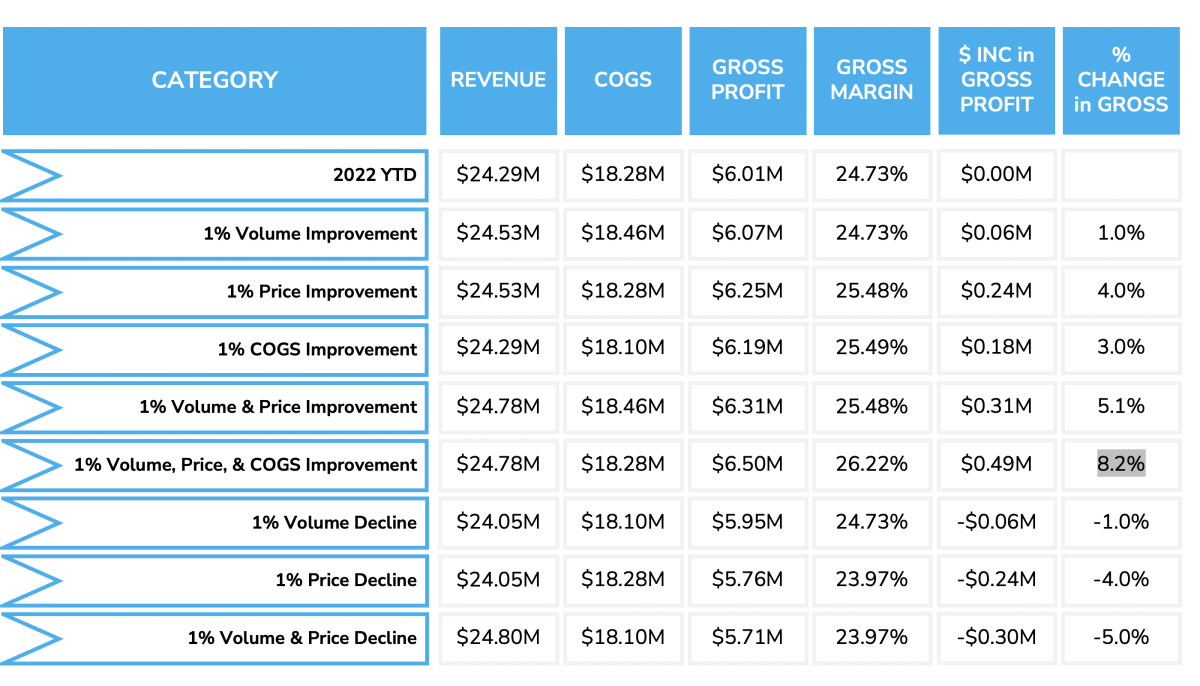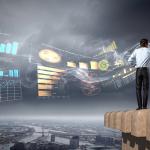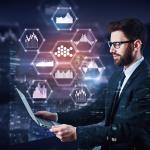In this article, the author outlines how implementing Predictive Planning and Forecasting can help FP&A professionals...

Unlocking Business Value with Predictive Analytics
In the dynamic landscape of modern business, predictive analytics has emerged as a critical tool for FP&A teams. This technology enables more accurate forecasting of market trends, revenue streams, costs and potential risks, significantly enhancing strategic planning.
The unique advantage of predictive analytics in FP&A lies in its forward-looking nature. Unlike traditional methods focused on historical data, it offers insights into the future, transforming past trends into forecasts for upcoming opportunities and challenges. This method empowers businesses with the ability not just to understand but proactively prepare for their financial future.
By leveraging predictive analytics, FP&A professionals gain a deeper insight into potential business scenarios, enabling effective management of resources and maintaining a competitive edge. This blog explores the transformative impact of predictive analytics on FP&A.
Implementing Predictive Analytics in FP&A: Key Considerations
Predictive analytics uses statistical algorithms and Machine Learning to predict future outcomes based on historical data. Despite the recognised potential of predictive analytics in FP&A, the latest FP&A Trends survey reveals that many teams are yet to embrace it fully. Over 45% of FP&A professionals' time is consumed by low-value tasks such as data collection and validation, limiting the widespread adoption of predictive analytics to just about 25% of teams. To overcome these challenges and harness the full power of predictive analytics, four critical factors must be addressed (Fig 1):
1. Data Culture: Establishing a culture that emphasises data-driven measurement is fundamental for the effective use of predictive analytics. This mindset is crucial for leveraging data to enhance business performance and decision-making.
2. Data Literacy and Governance: Proficiency in understanding, communicating and managing data is essential. This encompasses knowledge of data sources, analytical techniques, the insights derived and their implications for business value.
3. Data Quality: Effectively managing vast amounts of data underscores the crucial need for high data quality. The success of predictive analytics depends on the accuracy and reliability of the underlying data. As per the latest FP&A Trends Survey, a mere 22% of respondents have access to a single data source that is easy to analyse and whose classifications have been agreed upon. Additionally, 31% of respondents struggle with data that has multiple definitions and is difficult to consolidate. This significant challenge should certainly be addressed.
4. Tools and Technology: Choosing the right analytical tools and technologies is key. A range of software and platforms are available to facilitate data analysis, modelling, and forecasting, which are integral to the predictive analytics capabilities of FP&A teams. From the latest FP&A Trends Survey, we see that, of all the systems in use, Excel still dominates, with 52% of users saying this is their main tool for planning and forecasting. However, the use of modern planning platforms continues to grow, and they are now the second most used application among respondents, with a usage rate of 18%.

Figure 1: Enablers for Implementing Predictive Analytics
Case Study: FP&A Predictive Analytics in a Distribution Firm
This case study showcases the application of predictive analytics by an FP&A team in a distribution company, demonstrating the impact on business performance management.
Phase 1: Descriptive Analytics
The project began with Descriptive Analytics, which involves analysing historical data to understand trends and patterns. Techniques like Correlation Analysis and Pareto Analysis were applied to sales data. The team investigated questions such as the relationship between sales revenue and quantity and the proportion of revenue generated by a specific number of SKUs (Stock Keeping Units) and customers. They discovered that a mere 17 out of over 480 SKUs and 28 out of over 1600 customers generated more than 80% of the revenue.
Phase 2: Predictive Analytics
Next, the team employed Predictive Analytics, a technique that uses data, statistical algorithms, and machine learning techniques to identify the likelihood of future outcomes. They sought to predict future sales and revenue from these 17 SKUs and 28 customers for the subsequent 18 months. Regression analysis on three years of sales data indicated a projected revenue increase of 4.6% from these key contributors.
Phase 3: Integration with Prescriptive Analytics
Finally, the team utilised Prescriptive Analytics, which uses data not only to predict what will happen but also to suggest actions to achieve desired outcomes. They explored the effects of a 1% price increase for the 17 SKUs on the 28 major customers, particularly on gross profit (Sales - COGS). Sensitivity analysis demonstrated that this strategic price adjustment could potentially increase gross profit by 8.2%. (fig. 2)

Figure 2: Sensitivity Analysis
This case study highlights how the integration of descriptive, predictive and prescriptive analytics can provide comprehensive insights, guiding strategic decisions for growth and profitability in a business context.
Conclusion: Practical Steps Forward in FP&A with Predictive Analytics
Predictive Analytics, especially with AI and ML, is revolutionising how FP&A teams make smart, data-driven decisions. It's not just about crunching numbers; it's about giving these teams a crystal ball to see and plan for the future.
Here’s what FP&A teams can do to make the most of this technology:
1. Embrace New Tech: Dive into AI and ML. They're not just buzzwords; they're tools that offer deeper insights.
2. Make Data Work Smarter: Spend less time gathering data and more time using it. Streamlining data management and governance processes to free up time for the important stuff. Managing data governance by balancing data democratisation with data protection
3. Keep Forecasts Sharp: Regularly tweak your predictive models. Keeping them up-to-date means better predictions and smarter planning.
4. Focus on What Matters: Like in our case study, zero in on the areas that really drive your business, whether it's certain products or customer groups.
5. Look Ahead, Not Just Back: Shift the focus from what happened to what will happen. This forward-thinking mindset is vital in today’s fast-paced business world.
In short, predictive analytics is more than a fancy tool; it’s a game-changer for FP&A teams looking to shape the future of their organisations.
References
- https://www.sap.com/documents/2023/07/2a044be9-7d7e-0010-bca6-c68f7e60039b.html
- https://fpa-trends.com/fp-research/fpa-trends-research-paper-2023-maximising-potential-unleashing-power-predictive
This article was first published on the SAP Blog.
Subscribe to
FP&A Trends Digest

We will regularly update you on the latest trends and developments in FP&A. Take the opportunity to have articles written by finance thought leaders delivered directly to your inbox; watch compelling webinars; connect with like-minded professionals; and become a part of our global community.







